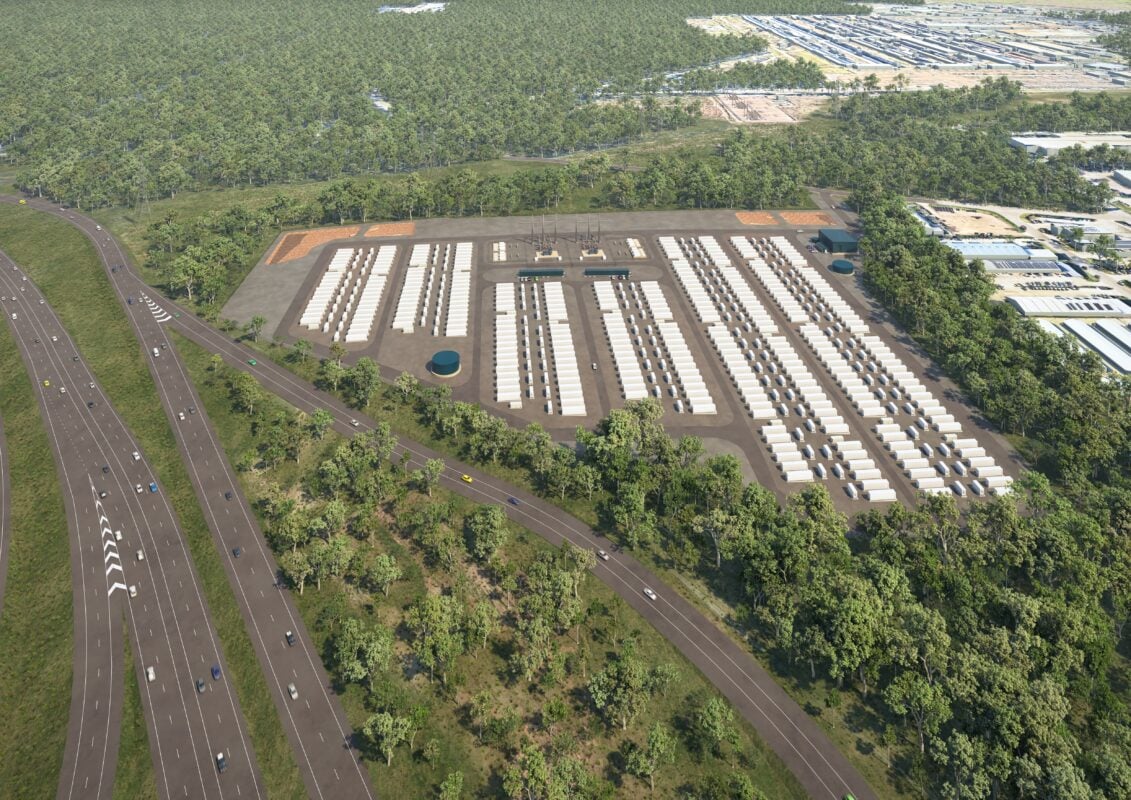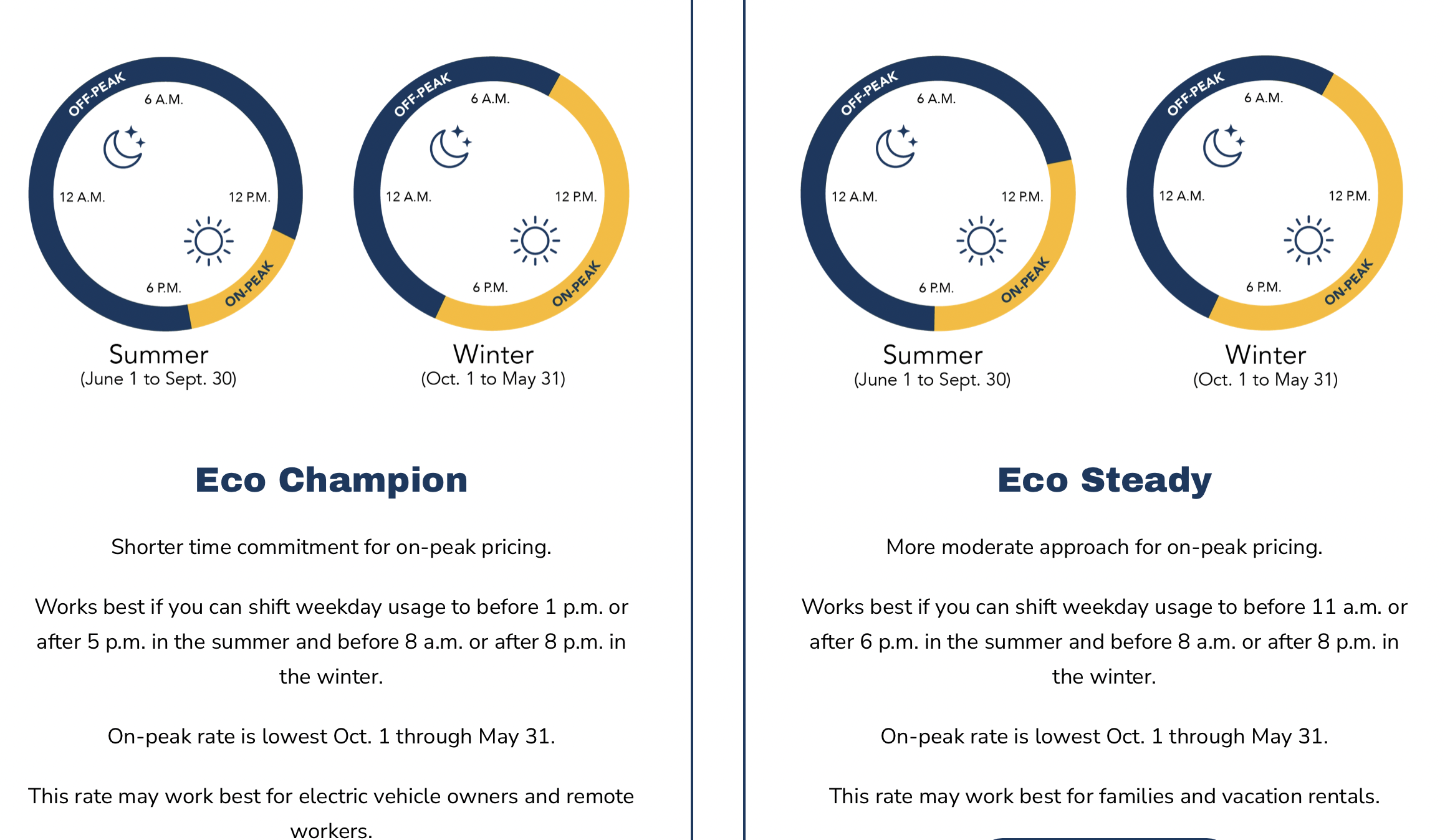Kyrgyzstan Sets New Summer Electricity Consumption Record – The Times Of Central Asia

Report on Kyrgyzstan’s Energy Consumption and Sustainable Development Challenges
Executive Summary
Kyrgyzstan has registered a record high for summer electricity consumption, highlighting significant challenges and strategic responses related to the nation’s pursuit of the Sustainable Development Goals (SDGs). The surge in demand, driven by climate change impacts and economic growth, places strain on existing infrastructure and underscores the critical need for investments in energy efficiency, resilient infrastructure, and regional cooperation. This report analyzes the current energy situation in Kyrgyzstan through the lens of SDG 7 (Affordable and Clean Energy), SDG 9 (Industry, Innovation, and Infrastructure), SDG 11 (Sustainable Cities and Communities), SDG 12 (Responsible Consumption and Production), and SDG 13 (Climate Action).
Analysis of Energy Consumption Trends
Record Consumption Driven by Climate and Growth
A new daily peak in summer electricity consumption was recorded at 44.1 million kilowatt-hours (kWh), a 22% increase from the 36 million kWh peak in the corresponding period of 2024. This increase is attributed to two primary factors:
- Climate Change Impacts (SDG 13): An extended heatwave with temperatures exceeding 40°C has led to heightened reliance on energy-intensive cooling systems, demonstrating the direct impact of climate change on energy demand.
- Urban and Economic Expansion (SDG 8 & SDG 11): The national grid is expanding by approximately 30,000 new subscribers annually. This growth is fueled by a construction boom in residential and industrial sectors, which are key drivers of the economy but also intensify the demand for energy, challenging the goal of creating sustainable cities and communities.
Grid Stability and Calls for Responsible Consumption (SDG 12)
Despite the record demand, the National Electric Grid of Kyrgyzstan (NEGK) reports that the power system remains stable. However, to maintain this stability and promote sustainable energy use, the NEGK has issued public advisories urging responsible consumption. These measures directly support SDG 12 by encouraging:
- Rational use of electricity to ensure the reliable operation of the national energy system.
- Conservation practices, such as unplugging appliances when not in use.
Strategic Responses and Infrastructure Development
Addressing Seasonal Imbalances and Energy Security (SDG 7)
Kyrgyzstan’s energy profile is marked by a significant seasonal disparity, which poses a challenge to achieving universal access to affordable and reliable energy under SDG 7.
- Summer Surplus: Increased glacial melt during summer months boosts hydroelectric generation, creating an energy surplus. This clean energy is slated for export through the CASA-1000 project, a key partnership initiative (SDG 17).
- Winter Deficit: Winter demand can nearly double to 80 million kWh per day, leading to significant energy shortages. To ensure energy security, Kyrgyzstan imports electricity from regional partners, including Kazakhstan, Russia, Turkmenistan, and Uzbekistan.
Investing in Resilient Infrastructure (SDG 9)
In response to shrinking reserve capacity and rising demand, the Ministry of Energy is actively investing in infrastructure modernization to build a more resilient and capable energy system, in line with SDG 9.
- Completed Projects (2024): Construction of five new 110 kV substations to enhance network capacity and stability.
- Planned Projects (2025): Inauguration of two major 500 kWh facilities in the Issyk-Kul and Batken regions, further strengthening the grid’s resilience and capacity to support sustainable economic growth and community needs.
Relevant Sustainable Development Goals (SDGs)
-
SDG 7: Affordable and Clean Energy
- The article’s core subject is electricity consumption, generation, infrastructure, and management in Kyrgyzstan, which aligns directly with the goal of ensuring access to affordable, reliable, sustainable, and modern energy for all.
-
SDG 9: Industry, Innovation and Infrastructure
- The text highlights the development of energy infrastructure, such as the construction of new substations and network expansion, to support economic growth driven by the construction and industrial sectors. This connects to the goal of building resilient infrastructure and fostering innovation.
-
SDG 11: Sustainable Cities and Communities
- The surge in electricity demand is linked to urban phenomena, specifically an “extended heatwave, with temperatures in major cities exceeding 40°C,” leading to heavy use of air conditioners. This addresses the challenge of managing resource consumption in urban settlements.
-
SDG 13: Climate Action
- The article implicitly connects to climate action by identifying an “extended heatwave” as the primary cause for the record electricity consumption. This highlights the need for energy systems to be resilient and adapt to the impacts of climate-related hazards.
Specific SDG Targets
-
SDG 7: Affordable and Clean Energy
- Target 7.1: Ensure universal access to affordable, reliable and modern energy services.
The article points to this target by mentioning the steady increase of “30,000 new subscribers joining the grid annually” and the efforts by the National Electric Grid of Kyrgyzstan (NEGK) to ensure the “power grid remains stable” despite the strain. - Target 7.2: Increase substantially the share of renewable energy in the global energy mix.
This target is relevant as the article states that Kyrgyzstan’s summer electricity surplus is due to the “seasonal melting of glaciers, which boosts hydroelectric output.” Hydropower is a major source of renewable energy. - Target 7.3: Double the global rate of improvement in energy efficiency.
The public advisory from NEGK, which “urge[s] citizens to use electricity sparingly” and “unplug unused appliances to conserve energy,” is a direct call for improving energy efficiency at the consumer level. - Target 7.a: Enhance international cooperation to facilitate access to clean energy research and technology… and promote investment in energy infrastructure.
The article details international cooperation through the “CASA-1000 project alongside Tajikistan, aiming to export surplus electricity to Pakistan via Afghanistan” and importing electricity from “Kazakhstan and Russia, and under contracts with Turkmenistan and Uzbekistan.” It also mentions direct investment in infrastructure, with the construction of “five 110 kV substations” in 2024 and two more planned for 2025.
- Target 7.1: Ensure universal access to affordable, reliable and modern energy services.
-
SDG 9: Industry, Innovation and Infrastructure
- Target 9.1: Develop quality, reliable, sustainable and resilient infrastructure… to support economic development and human well-being.
This is addressed through the Ministry of Energy’s investments in “network expansion and voltage stabilization” and the construction of new substations to cope with increasing demand and ensure the grid’s reliability. The article links this to economic development by noting that the construction of “residential complexes and industrial sites” are “pillars of the national economy.”
- Target 9.1: Develop quality, reliable, sustainable and resilient infrastructure… to support economic development and human well-being.
-
SDG 11: Sustainable Cities and Communities
- Target 11.b: Substantially increase the number of cities and human settlements adopting and implementing integrated policies and plans towards… resource efficiency, mitigation and adaptation to climate change, resilience to disasters.
The response to the heatwave-induced energy surge, including public advisories for conservation and infrastructure upgrades, represents an adaptive plan for resource efficiency and resilience to climate-related events affecting cities.
- Target 11.b: Substantially increase the number of cities and human settlements adopting and implementing integrated policies and plans towards… resource efficiency, mitigation and adaptation to climate change, resilience to disasters.
-
SDG 13: Climate Action
- Target 13.1: Strengthen resilience and adaptive capacity to climate-related hazards and natural disasters in all countries.
The entire situation described—a record demand for electricity caused by an “extended heatwave”—is an example of a climate-related hazard straining national infrastructure. The efforts to manage the load and upgrade the grid are direct actions to strengthen resilience and adaptive capacity.
- Target 13.1: Strengthen resilience and adaptive capacity to climate-related hazards and natural disasters in all countries.
Implied or Mentioned Indicators
- Daily and Annual Electricity Consumption: The article provides specific figures like “44.1 million kilowatt-hours (kWh) in a single day” in summer and up to “80 million kWh per day” in winter. These figures are direct indicators of energy consumption patterns and intensity (relevant to Target 7.3).
- Number of New Electricity Consumers: The figure of “30,000 new subscribers joining the grid annually” is a clear indicator of expanding access to electricity (relevant to Target 7.1).
- Investment in Energy Infrastructure: The mention of “five 110 kV substations” built in 2024 and “two additional major facilities” planned for 2025 serves as a quantitative indicator of investment in and development of energy infrastructure (relevant to Targets 7.a and 9.1).
- Share of Renewable Energy Source: While not quantified as a percentage, the statement that summer electricity is boosted by “hydroelectric output” from melting glaciers is a qualitative indicator of the reliance on renewable energy (relevant to Target 7.2).
- International Energy Trade: The description of the CASA-1000 export project and electricity imports from neighboring countries serves as an indicator of international cooperation in the energy sector (relevant to Target 7.a).
Summary of Findings
| SDGs | Targets | Indicators Mentioned or Implied in the Article |
|---|---|---|
| SDG 7: Affordable and Clean Energy |
7.1: Ensure universal access to affordable, reliable and modern energy services.
7.2: Increase substantially the share of renewable energy. 7.3: Double the global rate of improvement in energy efficiency. 7.a: Enhance international cooperation and promote investment in energy infrastructure. |
– 30,000 new electricity subscribers annually. – Power grid stability maintained. – Reliance on hydroelectric output from glacier melt. – Daily electricity consumption data (44.1 million kWh). – Participation in CASA-1000 project and imports from neighboring countries. |
| SDG 9: Industry, Innovation and Infrastructure | 9.1: Develop quality, reliable, sustainable and resilient infrastructure. |
– Investment in network expansion and voltage stabilization. – Construction of new high-capacity substations to support economic pillars like construction and industry. |
| SDG 11: Sustainable Cities and Communities | 11.b: Implement integrated policies for resource efficiency and resilience to disasters. |
– Public advisories for energy conservation in cities during a heatwave. – Infrastructure plans to manage peak loads caused by urban consumption. |
| SDG 13: Climate Action | 13.1: Strengthen resilience and adaptive capacity to climate-related hazards. |
– National energy system’s response to an “extended heatwave.” – Actions (public advisories, grid upgrades) to manage the impact of extreme weather on energy demand. |
Source: timesca.com

What is Your Reaction?
 Like
0
Like
0
 Dislike
0
Dislike
0
 Love
0
Love
0
 Funny
0
Funny
0
 Angry
0
Angry
0
 Sad
0
Sad
0
 Wow
0
Wow
0









































































